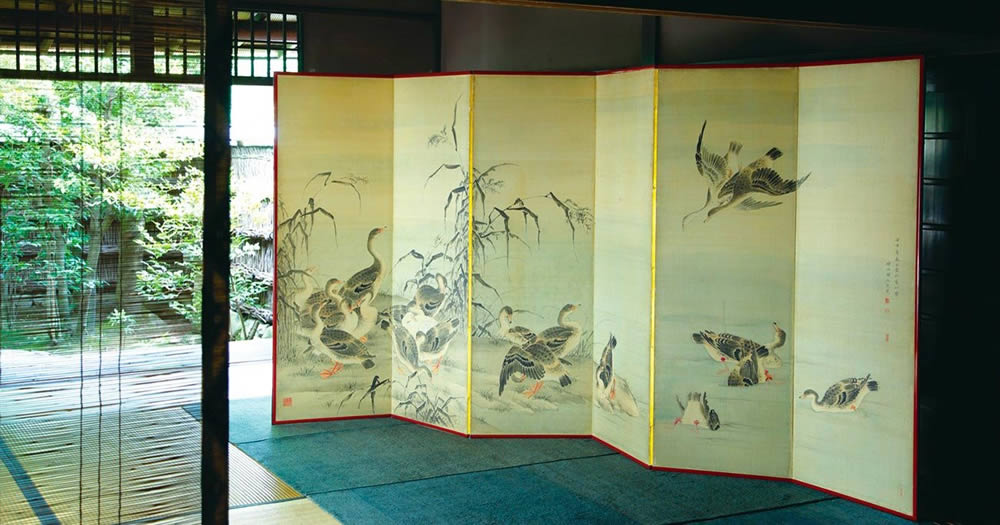A little-known fact about sliding folding partitions is that they have a rich history dating back to ancient times. While modern folding partitions have advanced materials and technology, the concept of using folding screens to divide space has existed for centuries.
In ancient China, folding screens made from wood, silk, or paper created separate spaces within larger rooms. These screens, known as “pingfeng,” were beautifully crafted and often adorned with intricate artwork or calligraphy. They served both practical purposes, such as providing privacy and blocking drafts and aesthetic functions, enhancing the interior decor of palaces, temples, and wealthy households.
The concept of folding screens later spread to other parts of the world. In Japan, “byōbu” folding screens were a prominent feature of traditional Japanese interiors, serving similar purposes as their Chinese counterparts. Japanese byōbu often featured stunning paintings and depicted natural landscapes, historical events, or traditional motifs.
As trade and cultural exchange expanded, folding screens became popular in Europe during the 17th and 18th centuries. European folding screens were used in royal courts, salons, and grand estates, often adorned with luxurious fabrics and decorative elements.
The idea of using folding screens to divide space continued to evolve, eventually leading to modern sliding folding partitions as we know them today. These partitions combine functionality, flexibility, and aesthetics to cater to the diverse needs of contemporary interior spaces.
This historical lineage adds a touch of heritage and elegance to the modern sliding folding partitions, making them more than just practical space dividers but also a nod to the artistry and ingenuity of ancient civilisations.

